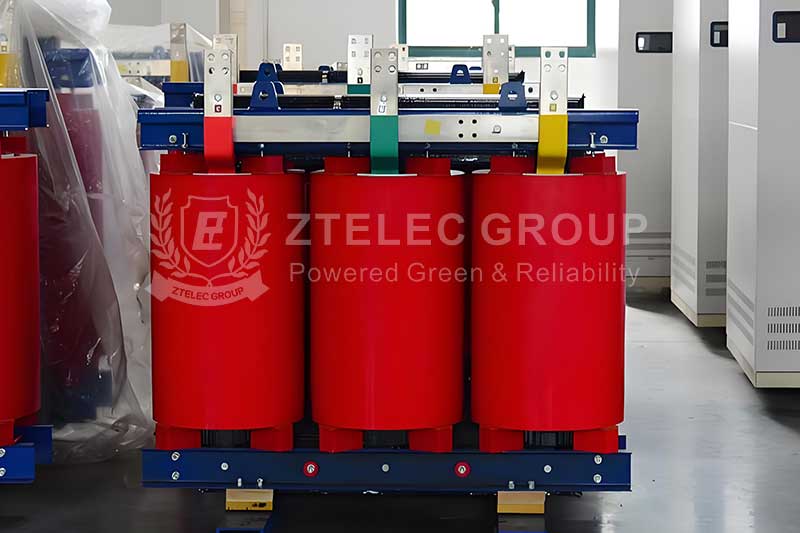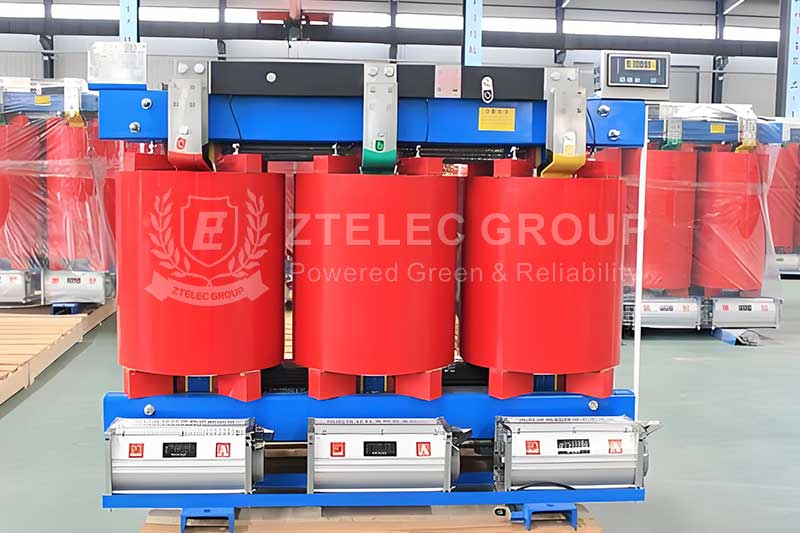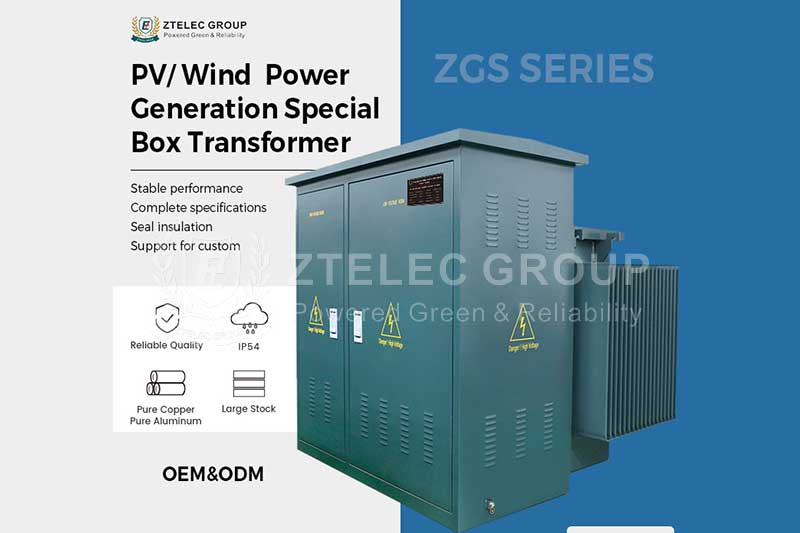Are dry-type transformers indoor or outdoor?
Time:2024-10-30 Auther:ZTelec-www.ztelectransformer.com
What are dry-type transformers?
To begin with, a dry-type transformer, also known as a cast resin transformer, Meaning solid, meaning have does not contain parts. Because of As a result, of the use of eco-friendly temperature insulation to function properly. operate effectively.
Unlike liquid-type transformers that rely on materials such as oil and coolant for operation, dry transformers function through voltage transformation. In the case of dry transformers, it is the air that cools the system rather than a liquid, as is the case with other types. To ensure efficient cooling, simply place the dry transformer in a well-ventilated area, allowing the coils to dissipate heat effectively.
When using a dry-type transformer, there is no need to keep it inside fire-resistant vaults or catch basins, as is required for conventional liquid transformers. Additionally, dry-type transformers do not emit harmful gases, making them environmentally friendly and suitable for indoor installation. Can dry-type transformers be installed indoors?

Dry-type transformers are typically installed indoors due to their design specifications. However, to ensure safety, certain installation requirements must be met:
Can dry-type transformers be installed outdoors?
Dry-type transformers can be installed outdoors; however, special protective measures are necessary.
Special Protective Shell: When dry-type transformers are used outdoors, special protective enclosures must be configured. For example, an IP44 enclosure can protect the sides from water but does not cover the top cable inlets and outlets. Platform Installation: Dry-type transformers used outdoors are typically installed on a specialized platform known as a dry transformer station.
There are additional precautions to consider when installing dry-type transformers outdoors.
Select the installation site:
·The site should be far away from office areas, densely populated areas, flammable and explosive areas to ensure safety.
·The site should be flat ground with strong load-bearing capacity and able to carry the weight of the equipment itself and the weight of the maintenance personnel at work.
·Be as far away from noise sources, vibration sources and other electrical equipment or media as possible.
·There should be adequate lightning protection facilities to reduce lightning strikes and associated electromagnetic interference.

Waterproof and moisture-proof:
·The installation site should be higher than the surrounding ground to prevent dampness caused by subsidence and water accumulation.
·The equipment should be placed inside the equipment cover to ensure the tightness of the equipment and play an excellent waterproof and moisture-proof role.
·If possible, equipment such as fans, heating systems, sensors, etc. should be installed to continuously expel the humid gas and keep the equipment at the appropriate temperature.
Temperature control:
·In extreme climates or environments, it is recommended to choose closed installation to ensure the normal operating temperature of the equipment.
·Regular heat dissipation, cleaning and maintenance should be carried out to improve the heat dissipation capacity of the equipment itself and prevent poor operation caused by high temperature.
·It is recommended to install a temperature sensor to monitor the temperature of the equipment in time. Turn on the fan or heating device in time when the temperature is too high to ensure the normal operation of the equipment.




